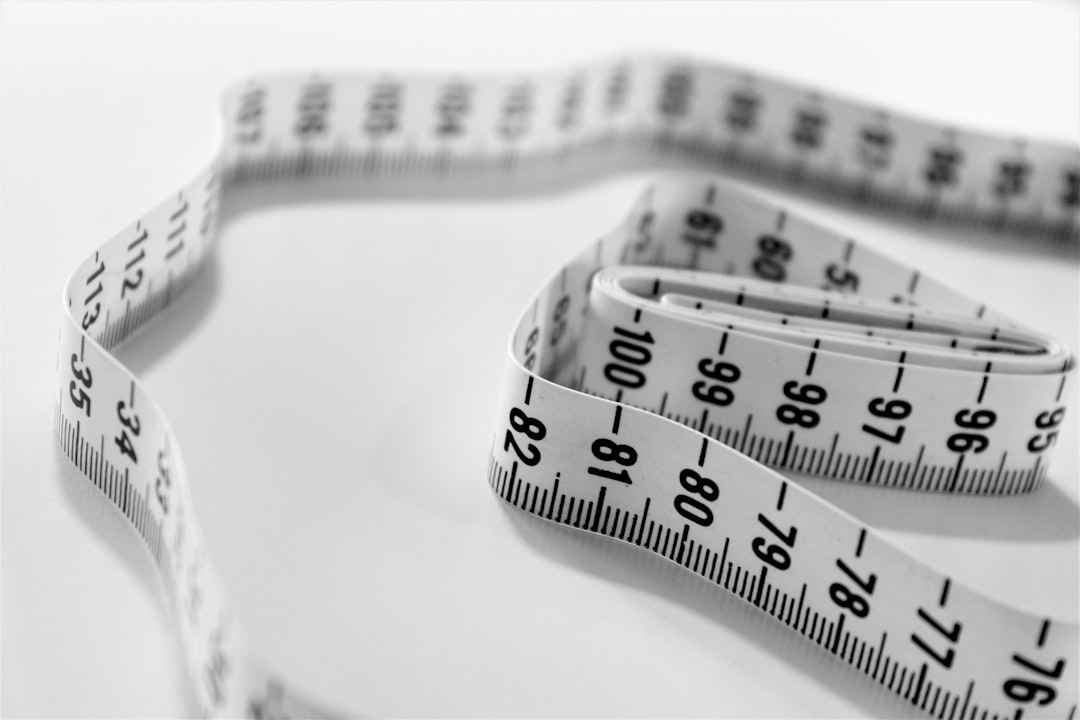What is it about?
Enlightened by Van Dijk’s Context Model Theory and Wodak’s Discourse-Historical Approach, this article puts forward the Discourse-Historical-Contextual Approach as the analytical framework for the study of the recontextualization and transformation processes involved in media discourse. It is then applied to the analysis of the First-Instance Judgment of the Peng Yu Case. Through exploring the relevant context models, the article examines why a text is interpreted differently when it is circulated in different contexts. The study also reveals, by investigating the traces of previous texts in subsequent texts, how intertextuality is formed as well as how specific transformations are used in the processes.
Featured Image
Why is it important?
This study will provide some insights into the understanding of recontextualization and transformation processes in edia discourse.
Perspectives
This study is an exploration of the recontextualization and transformation processes involved in the First-Instance Judgment of the Peng Yu Case. Through detailed analysis, major findings can be summarized as follows. First, the very same judgment went through huge changes in terms of the public’s perception because it was recontextualized in completely different context models. On close examination, we find that what matters most for the context models of this study are social and communicative roles, professional knowledge, contextual knowledge, communicative goals, and intentions. It is the alteration of the contextual factors that changed the interpretation of the very same text. Second, through the analysis of the intertextual and interdiscursive relationships among the data, it is found that they can, in a specific sense, be divided into three types: discourse of the judgment, discourse of the criticism of the judgment, and discourse of the clarification of the judgment. Different genres such as judgment, news report, TV program, and commentary, together with the corresponding styles, texts, and topics, are involved in these three discourses. Devices such as quotation, irony, and presupposition are frequently used in this recontextualization process to construct manifest intertextuality between these three types of discourses. For most of the data, traces of blended interdiscursivity formed through mixing these different discourse conventions can be found without much effort. Third, the First-Instance Judgment of the Peng Yu Case went through many transformations when it was recontextualized in the subsequent discourses. Specific transformations included addition, deletion, abstraction, rearrangement, and falsification, and they were not equally distributed in terms of usage. These different types of transformations were used by text-producers to adapt the original text to different emerging contexts.
Professor Jianguo WU
South China University of Technology
Read the Original
This page is a summary of: Recontextualization and transformation in media discourse: An analysis of the First-Instance Judgment of the Peng Yu Case, Discourse & Society, March 2016, SAGE Publications,
DOI: 10.1177/0957926516634547.
You can read the full text:
Contributors
The following have contributed to this page










